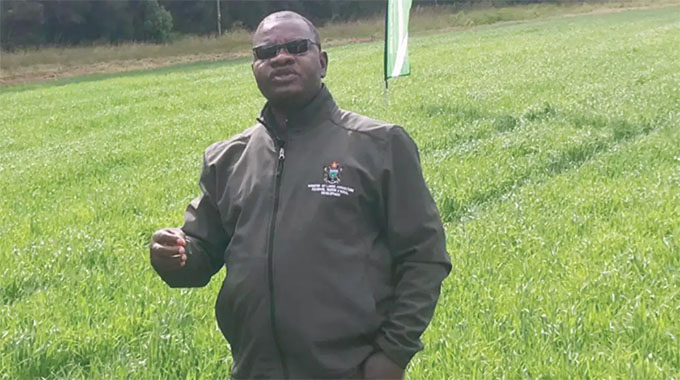Farmers urged to protect crops as rains persist

Tina Musonza-Herald Correspondent
FARMERS need to tend their crops carefully to take advantage of persistent rainfall but minimise the challenges.
Heavy rainfall can cause leaching of fertilisers in maize and tobacco crops can be damaged by hail.
Farmers have been urged to adhere to agronomic practices to ensure that they safeguard their crops such as maize and tobacco.
Agricultural and Rural Development Advisory Services chief director Professor Obert Jiri said there are alternative agronomic practices that would help farmers to protect their crops.
“Definitely too much rain is not good for crops and livestock. Crops like tobacco become hail damaged, and there is nothing that can be done for hail damaged tobacco.
“For crops like maize there will be a need to look at the crop condition. Usually nitrogenous fertilisers become leached. Farmers therefore need to apply top dressing fertiliser as quickly as possible to correct nitrogen deficiency.
“Farmer would also need to employ soil and water conservation strategies in their fields for example potholing, tied ridging, to improve water infiltration and drainage,” said Professor Jiri.
Though some farmers in areas such as Matabeleland and Manicaland and other northern provinces were mostly affected, some in Mashonaland central were monitoring their crops as well.
Mr Bongani Botoman from Spring Farm in Shamva urged other farmers to take action early to protect their crops.
“There is a need for farmers to put preventive sprays before the rains and scout the crops regularly. Maize and tobacco farmers should put curative sprays.
“There is a need to follow cultural practices by improving ventilation in greenhouse crops”, said Mr Botoman.
Meanwhile, some areas received high rainfall yesterday, according to the Meteorological Services Department (MSD).
“The highest rainfalls were received at Mvurwi (41 mm), Karoi (37 mm) and Guruve (16mm).
“There was light rain and drizzle in Chisumbanje (6mm) and Buffalo Range (4mm); this was as clouds spread further into the southern parts of the country, into Matabeleland South, Masvingo and southern Manicaland under the influence of a relatively cool south-easterly winds from the south coast of Southern Africa,” said the Met Department.








Comments